
Choose your colors wisely
The hues chosen for a room’s walls and ceiling can help determine whether your interior design is a hit or miss. Here are a few color psychology tips to keep in mind when planning your home’s color scheme.

Bright colors
Bright colors—that is, vibrant shades of green and blue, yellow, and orange—provide an expansive feeling. These are friendly, happy colors that encourage communication and are therefore especially welcome in the dining area and kitchen. Here’s a step-by-step guide to creating a perfect color scheme.
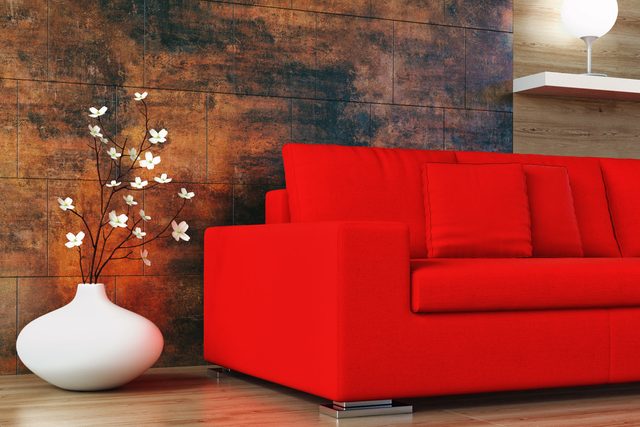
Dark colors
Dark colors, such as red, purple, blue, and dark shades of green, can have a constricting and gloomy effect. But when applied in the right place or as accent elements, they can help convey comfort and security.
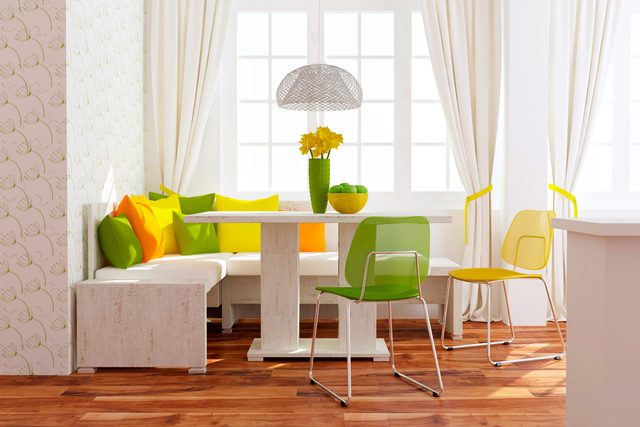
Warm colors
Orange and yellow hues, for example, raise the perceived temperature of a room. For that reason, they’re best used in rooms that face north. Because they inspire activity, avoid them in rooms meant for relaxation, like the bedroom.
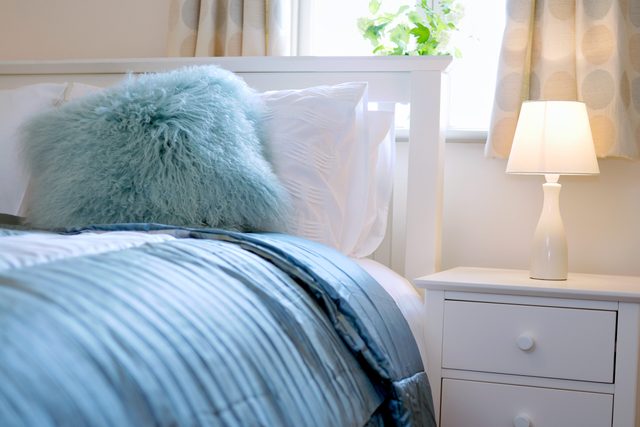
Cold colors
Colors such as icy blues and greens have a calming effect. They are especially well-suited for bedrooms; they help you to go to bed relaxed in the evening and wake up refreshed the next morning.

Navy blue
This color inhibits people’s willingness to communicate; do not use it in living and dining areas. Here are 30 more thrifty painting tricks you need to know.
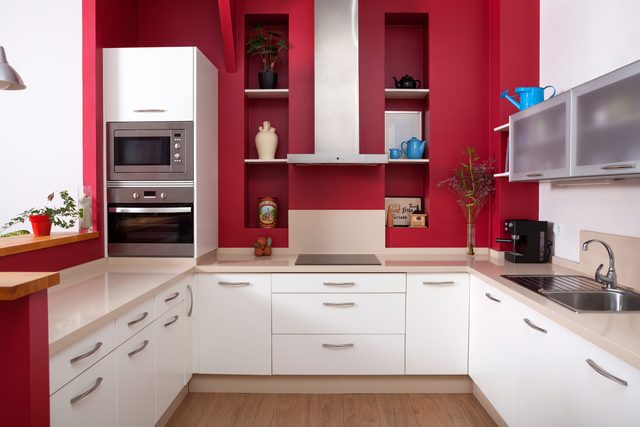
Red
Red raises the energy level of a room, but it may also make people more irritable and hostile—so it’s not a good choice for a child’s room. Use it as an accent rather than a base room color.
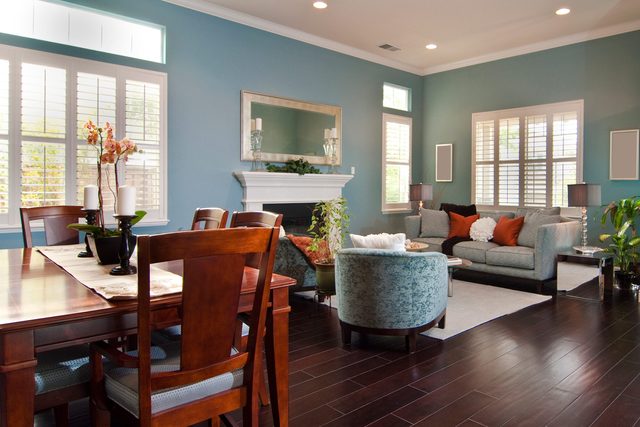
Gray
Gray should be avoided for the dining area and kitchen—unless you want to dampen your appetite. Next, find out exactly how the paint color of your house can affect how much it sells for.
